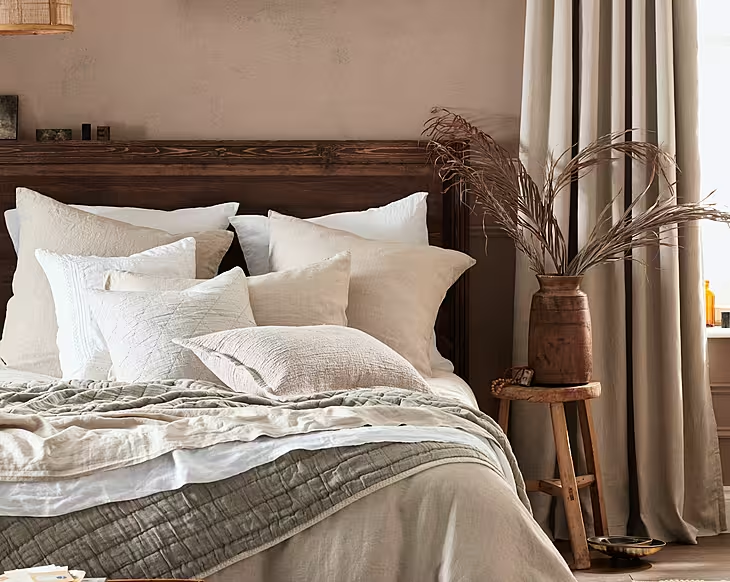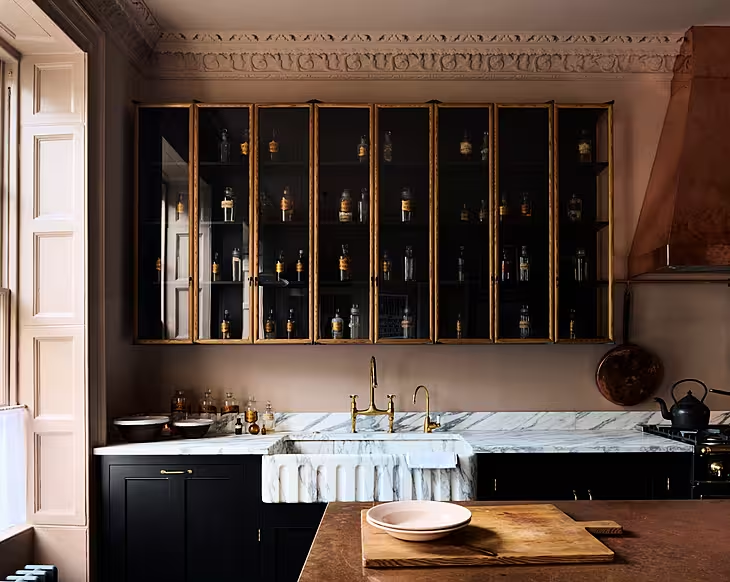Earlier this month, we put out a call for your questions for our featured designer this month, Dana Kallo of Black Fox Interiors.
She believes designing a space is about so much more than a lick of fresh paint or scattering of some designer cushions. She treats her projects like works of art, taking every project as a blank canvas, where she strives to inject client ideas, passions and individuality into every corner of their interiors.
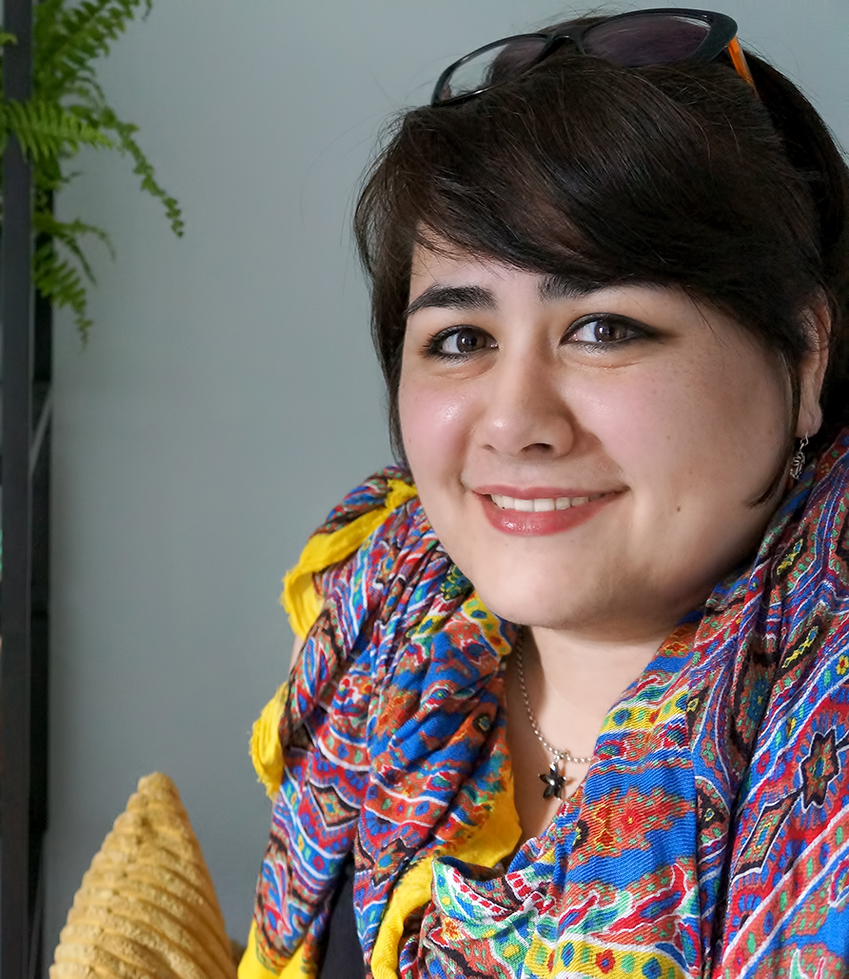
"All good things truly do take time. From the beginning, we endeavour to take every minute necessary to get to know people and their needs and desires. Our interior design services are centred around the creation of outstanding homes and functional properties but our key role is to listen. We thrive on getting to know our clients and encourage them to offer us a snapshot into their life so that we can mould their ideal space. Whether over a steaming mug of coffee or on the phone, we want to hear their stories because it is every story that inspires what we do. Our bespoke interior design services are what encourage our clients to return, not only as customers but as friends," says Dana.
You guys sent us in some brilliant questions, but we had to narrow it down to just three for Dana to offer her advice on. These three are problems that many more of you have probably encountered in your own homes, so take note!
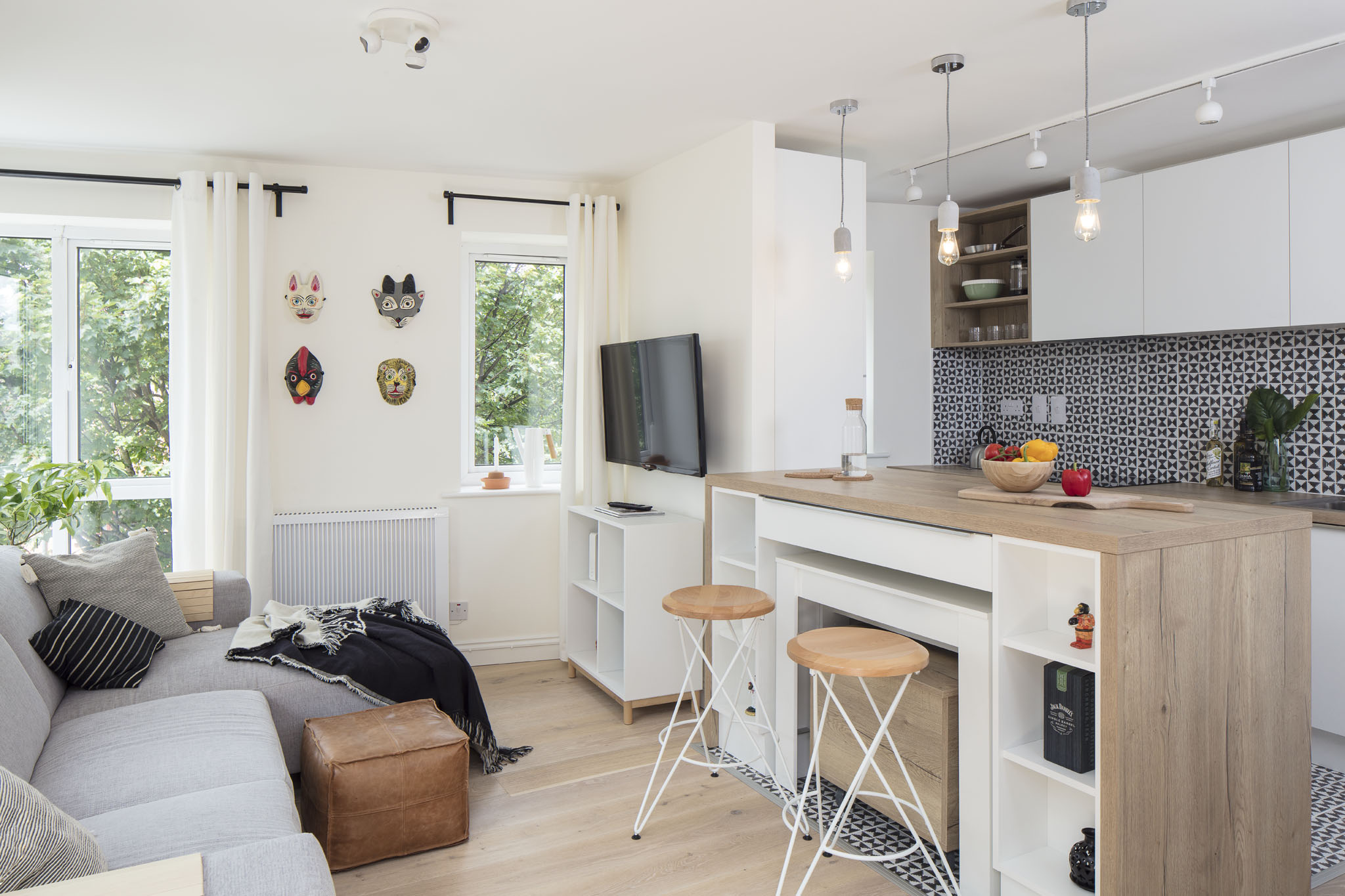
1. How would you style a large curved wall in a hallway? - Under the Paper Moon
A curved surface inspires movement and gives direction. To make it a feature even if the there are few different options, but the key is to follow the curvature.
- Use a different finish: textured wallpaper, different colour paint etc
- Create a display of multiple small decorative hooks, small mirrors or small sculptures, that follow the line of the wall and recreate the idea of movement. The key is small size in a bigger number.
- If the wall is large enough, a multipaneled artwork will make you follow the line of the wall, and will create a nice feature. 3-4 vertical, narrow frames or panels that all together compose an interesting photo or painting.
- Avoid large one piece artworks, frames or mirrors, and don’t use wallpapers with thick vertical lines.
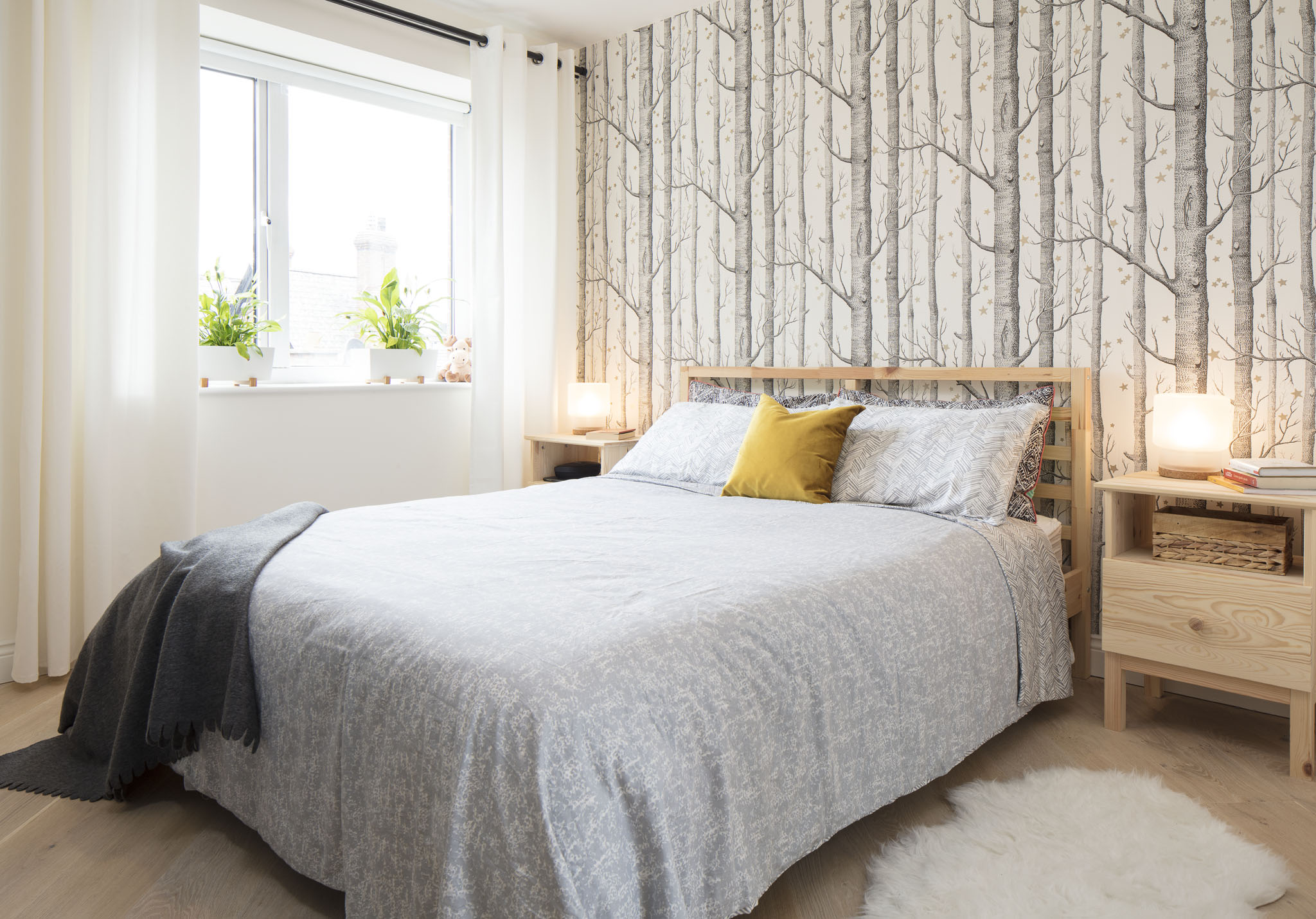
2. I'm tackling a bedroom in an old Georgian house, where the walls are in their original condition (ie, undulating). They've been papered and then painted over. The room has 14ft ceilings and its original coving etc. The dilemma is whether to get the paper removed and walls repaired so I can paint them, or should I just wallpaper over the existing? Do you think wallpapering up to the picture rail and painting above it is an option, either? – A
I would always go for repair. A good support will ensure that whatever finish you decide to use, wallpaper or paint, walls will look impeccable. Keeping the wall wavy will pose more problems to finding a suitable new wallpaper and it will make the installation more difficult.
Regarding to where the wallpaper should finish on the wall depends on the effect you want to create:
- Wallpaper to picture rail + paint on top of the wall & ceiling will make the walls seem shorter and the ceiling surface larger, increasing visually the size of the room.
- Wallpaper to the coving + paint on the ceiling will make the walls and the room look taller.
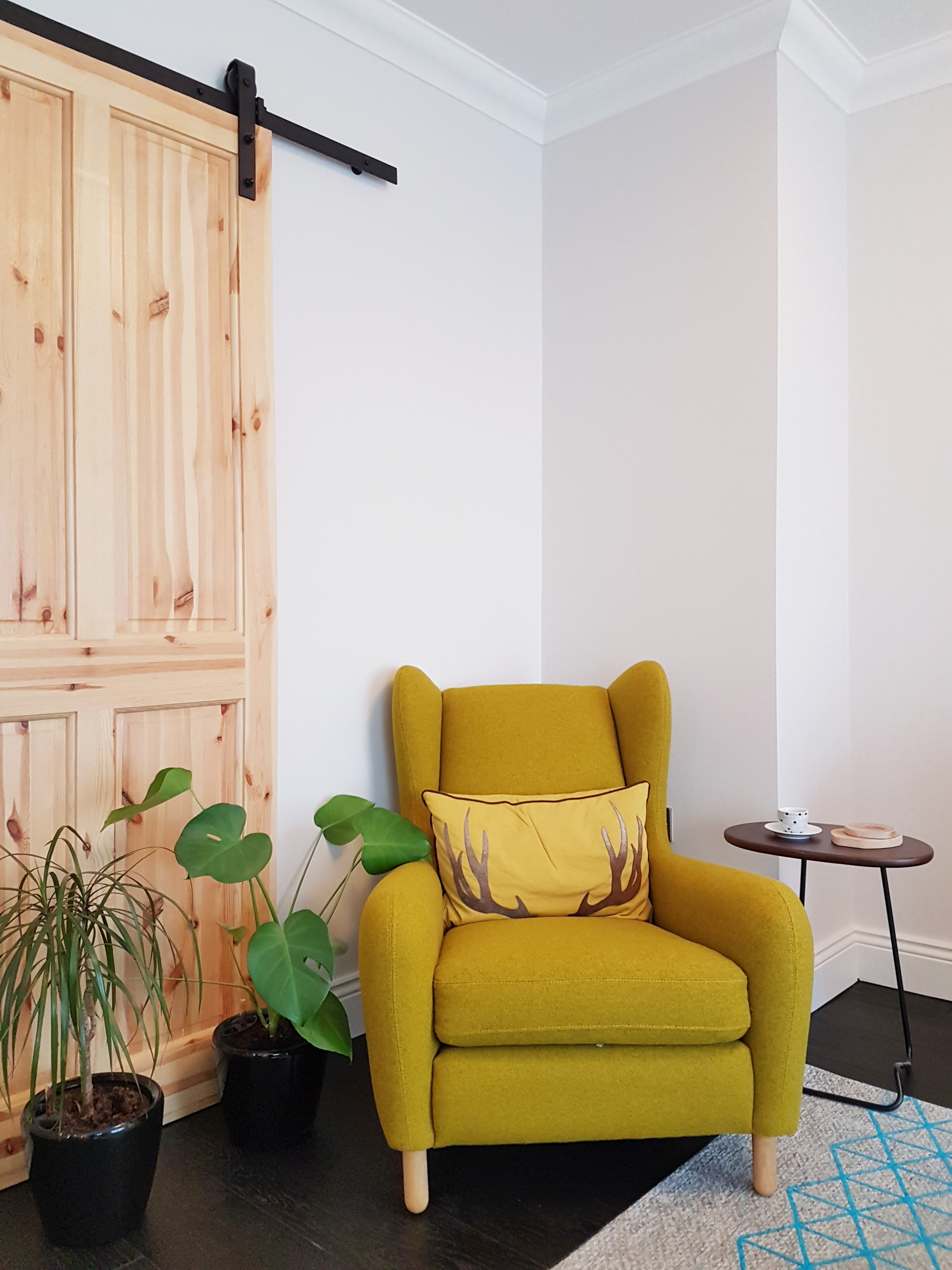
3. I'm trying to plan my sitting room but I'm a little stuck as to how I should place furniture around a fireplace in the middle of the main wall? How far away should the coffee table be from the sofa and the fireplace? What's the best way to approach to starting to build up the furniture in your living room? - Laura
When we start planning a room in order to decide the best layout and position of furniture, there are few questions we try to answer.
- What main activities will people have in this room? Watch TV, read, kids playing, formal meetings etc Knowing how the room will be used, narrows the possibilities of placing the furniture and indicates if you need to place the sofa in front of the TV or if you need more free space for people to move around or even if you need more storage for toys or books.
- Where is the focus point in the room and how is the circulation working? Try to imagine the flow of the room. What door will be used more often, how will you reach the windows etc. Knowing the main circulation path makes it easier to identify where furniture should be positioned. Also, deciding what will be your focus point in the room, the fireplace, the window, the TV etc will narrow down the possible options of positioning the furniture.
- What are the main pieces of furniture and decoration you would ideally have in the room? Create a list of furniture building up from the larger pieces to the smallest ones, but be ready to cut from the list later, so don’t forget to set priorities.
- Regarding the distances between furniture and walls or two different pieces of furniture, I strongly encourage our clients to mark on the floor of the room, the shape/size of the desired furniture with masking tape. It’s an old technique, but it will give you a good idea of what will fit in the room and how it will impact the circulation or the free space. Because we value the space differently, and what one might consider spacious, another might see as a tight and busy, you need to see what is comfortable for you, so you can balance the occupied floor space with the free circulation path.
Images courtesy of Dana Kallo/Black Fox Interiors









